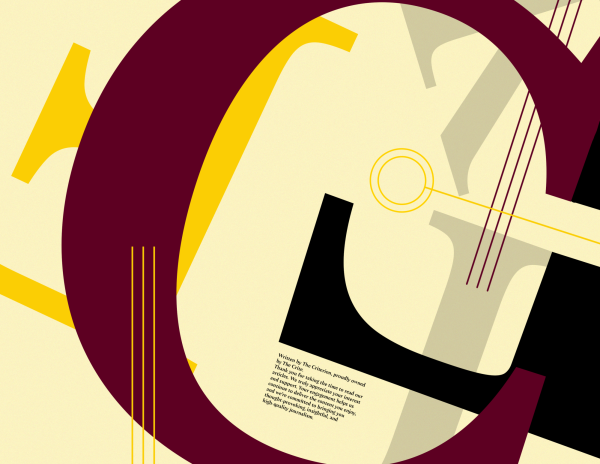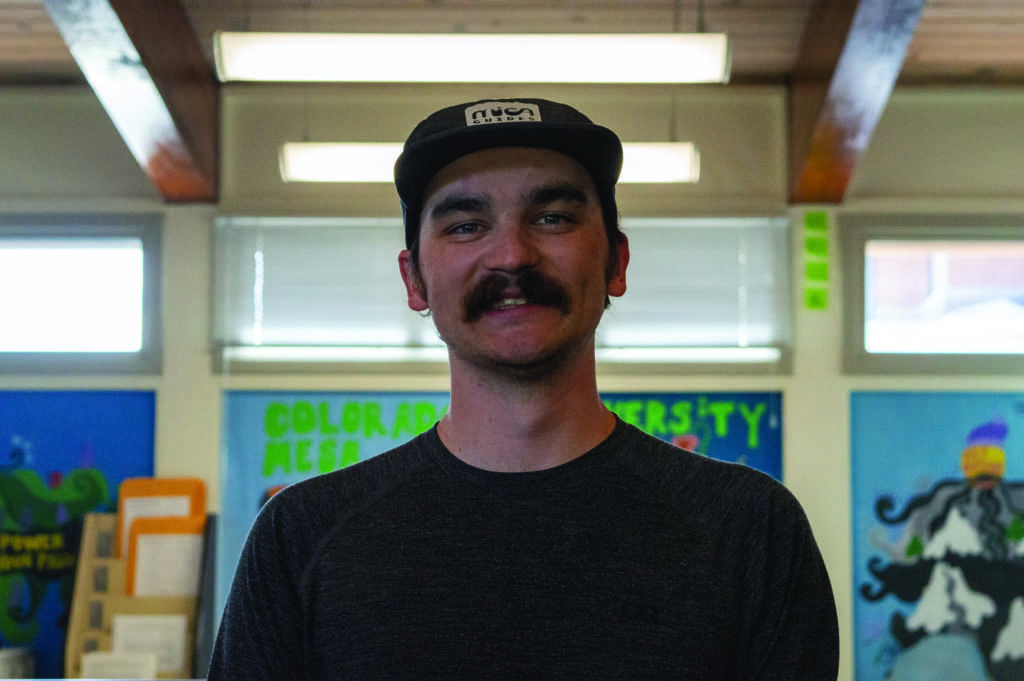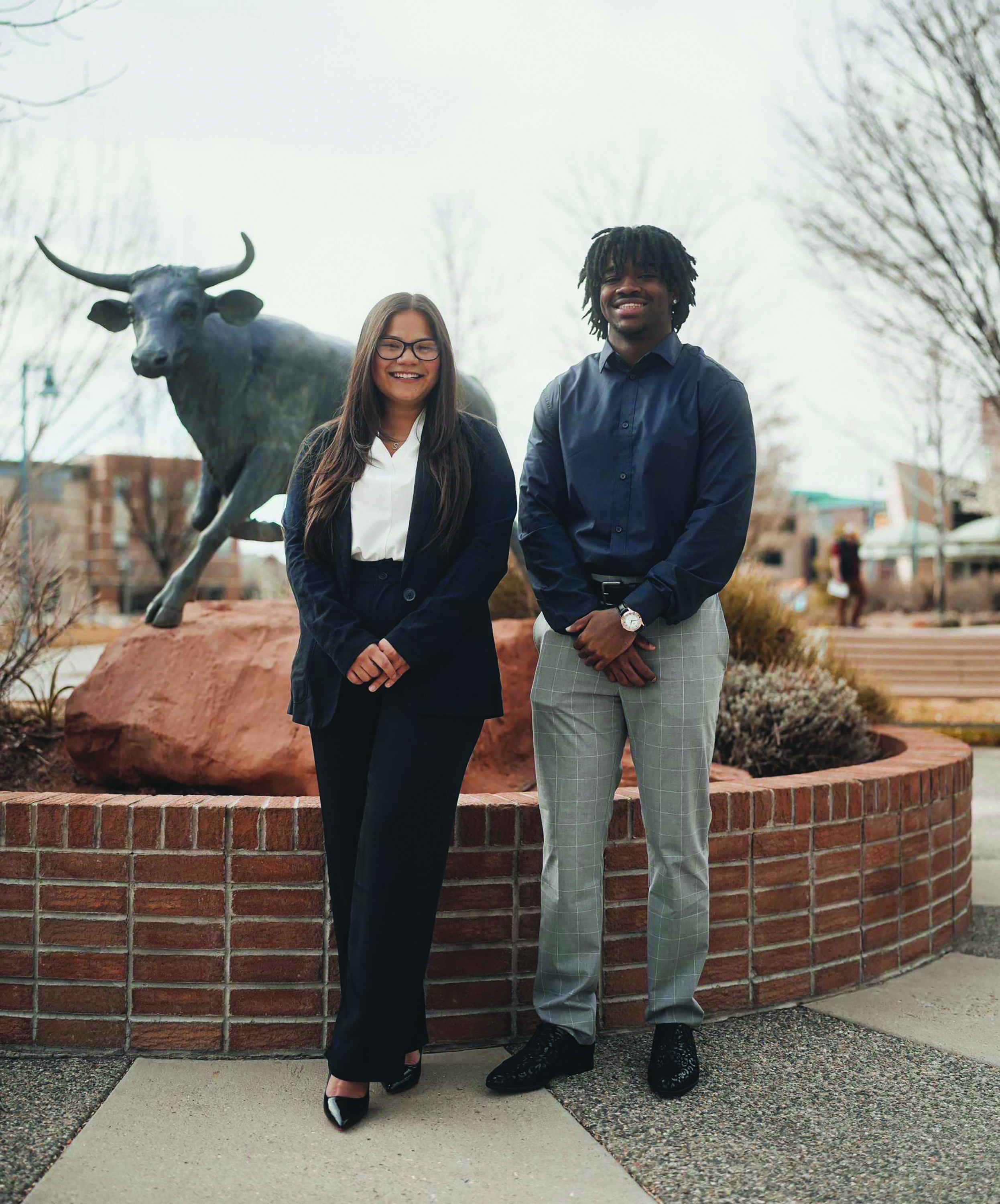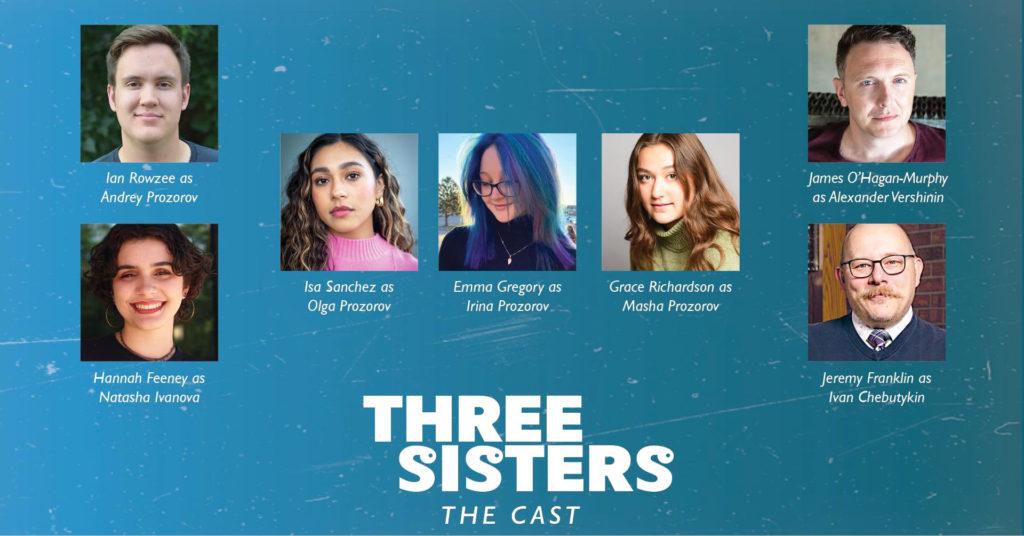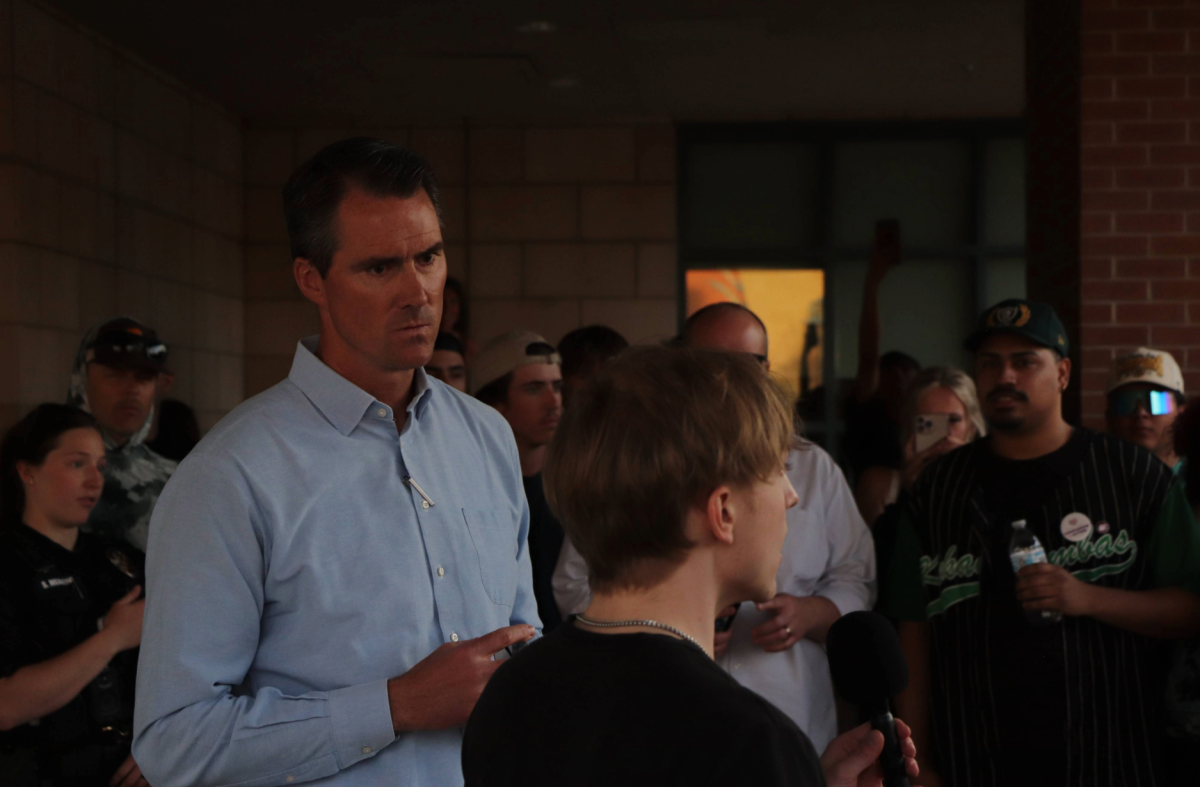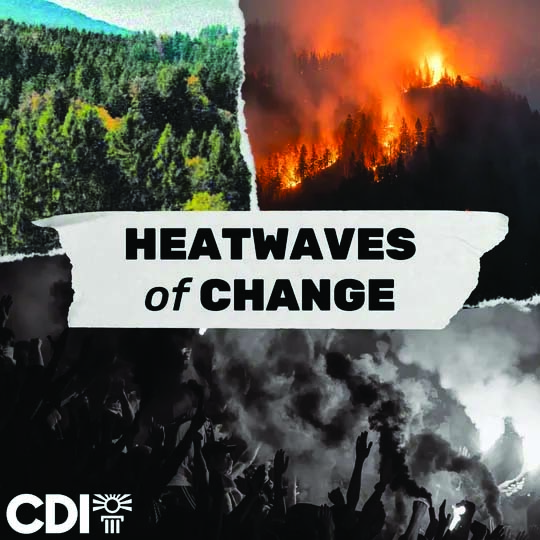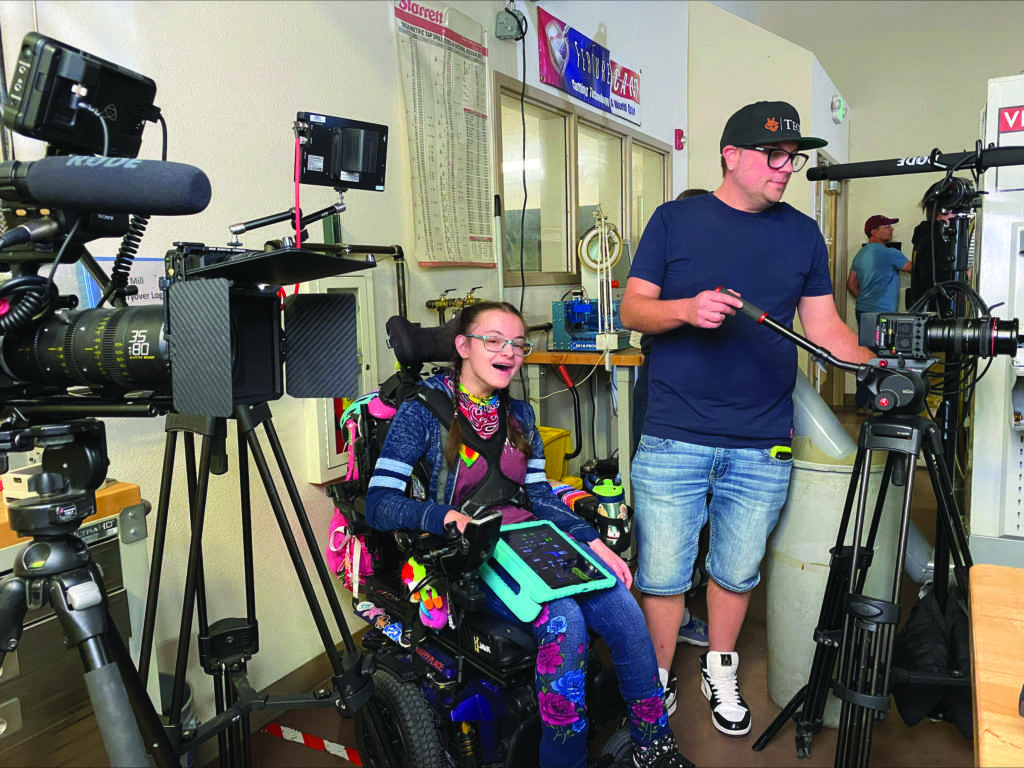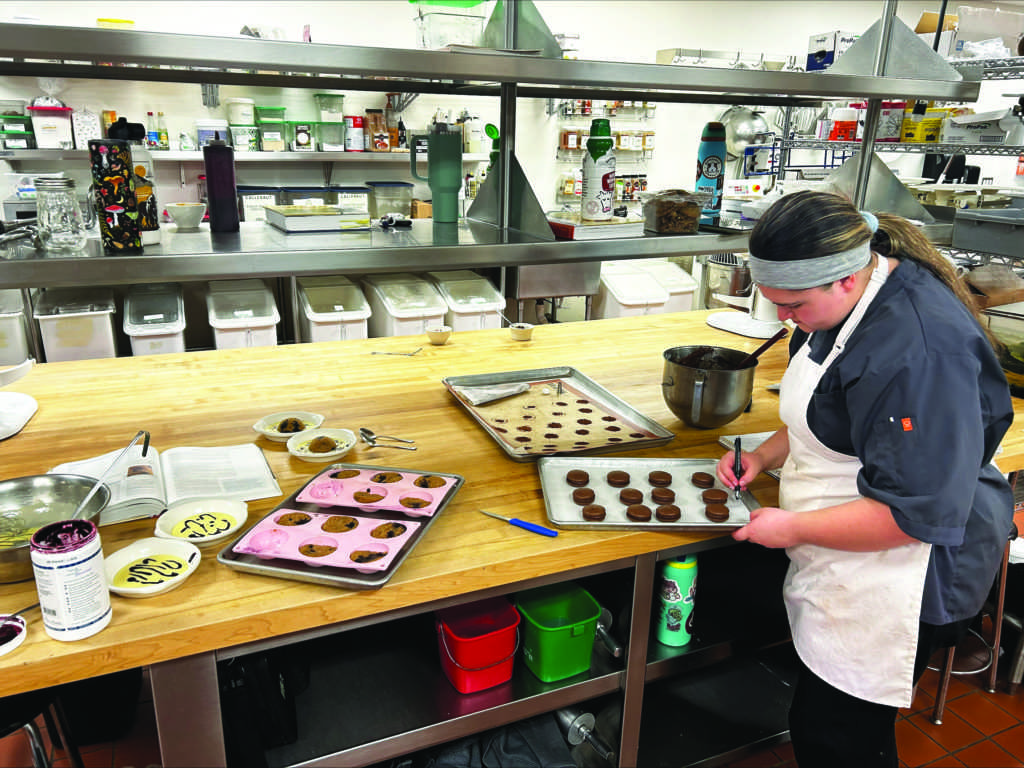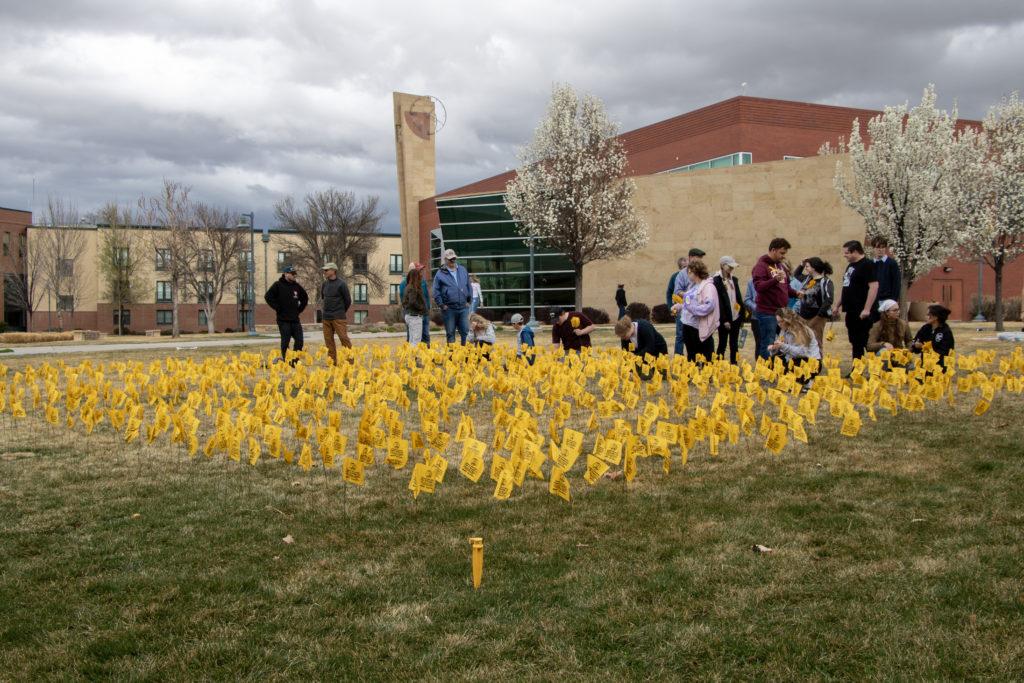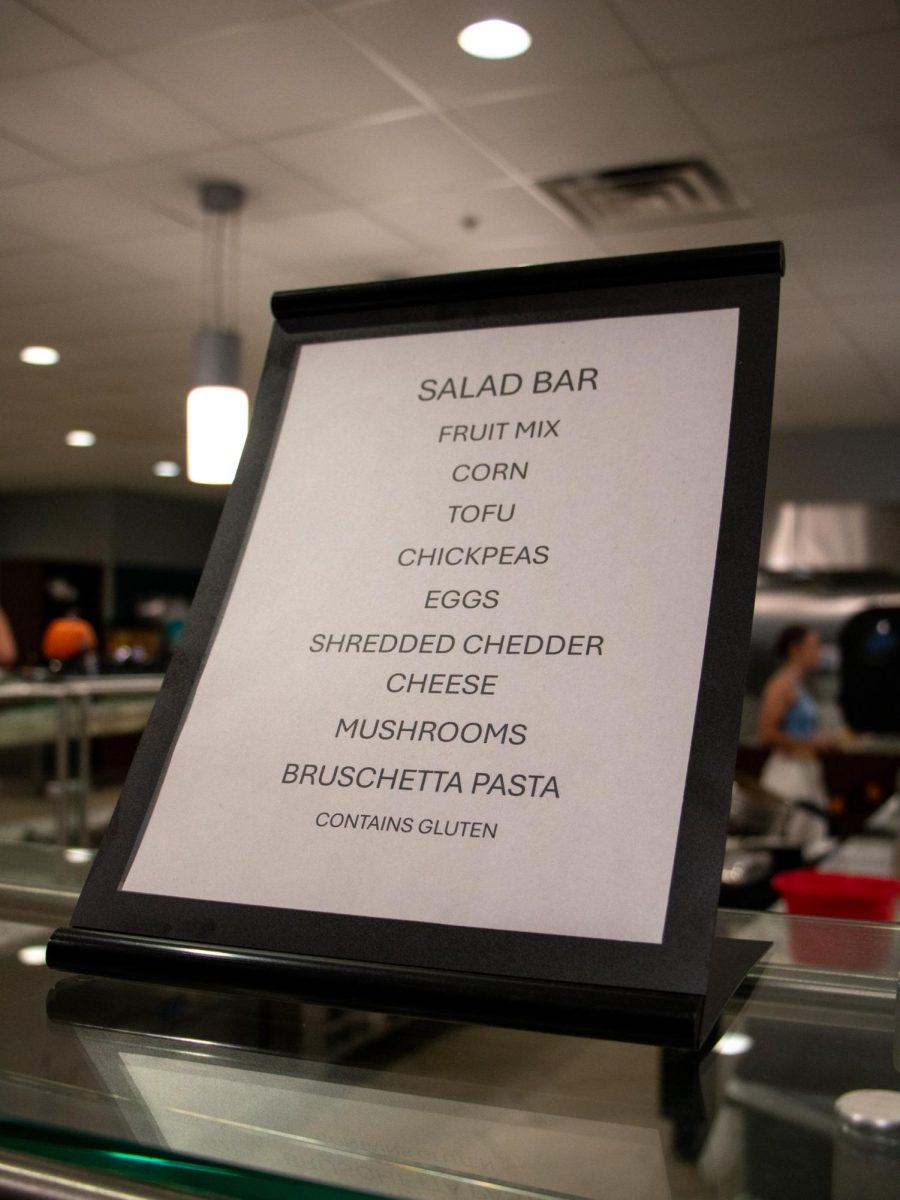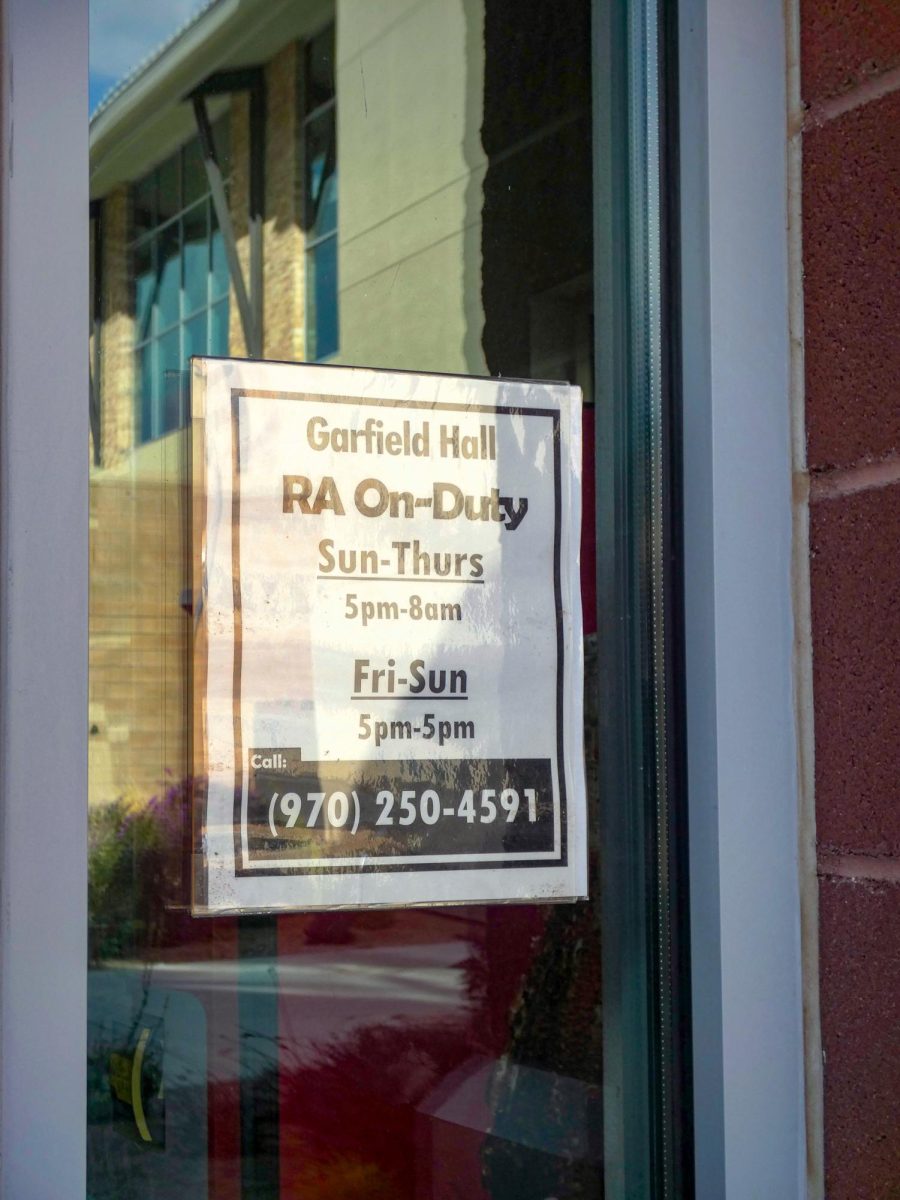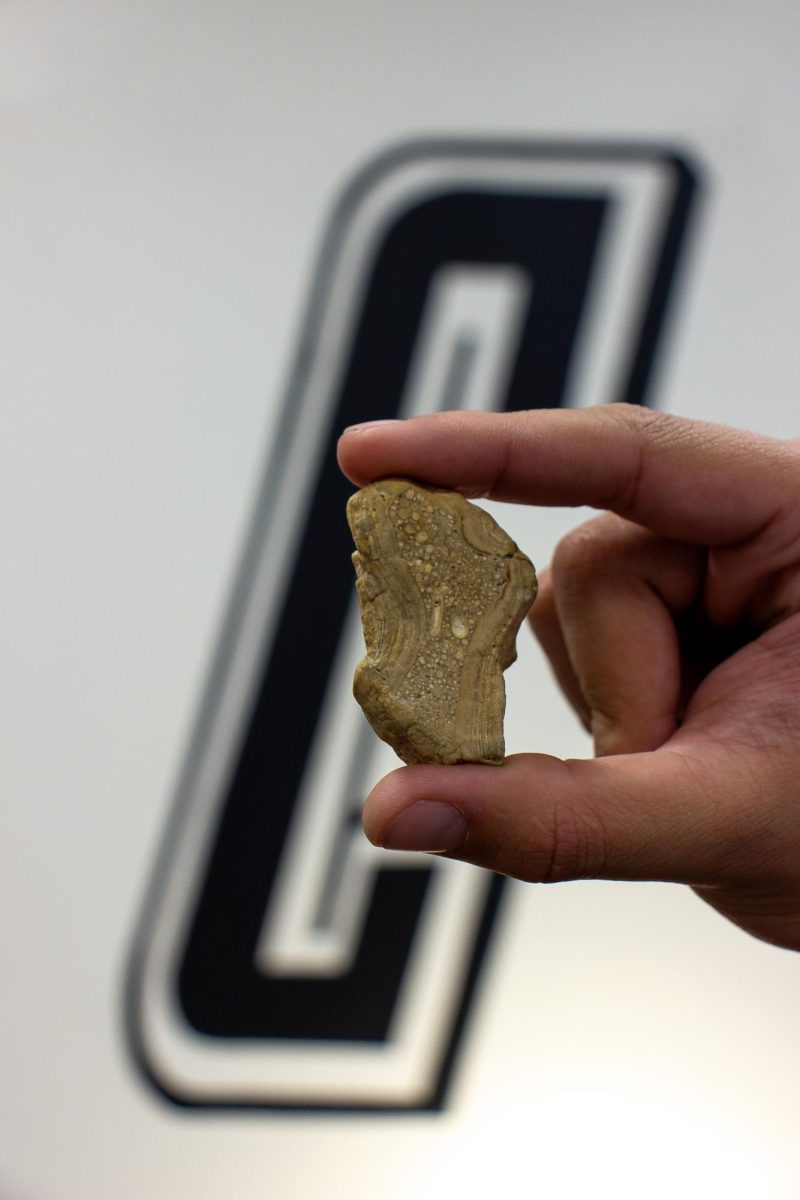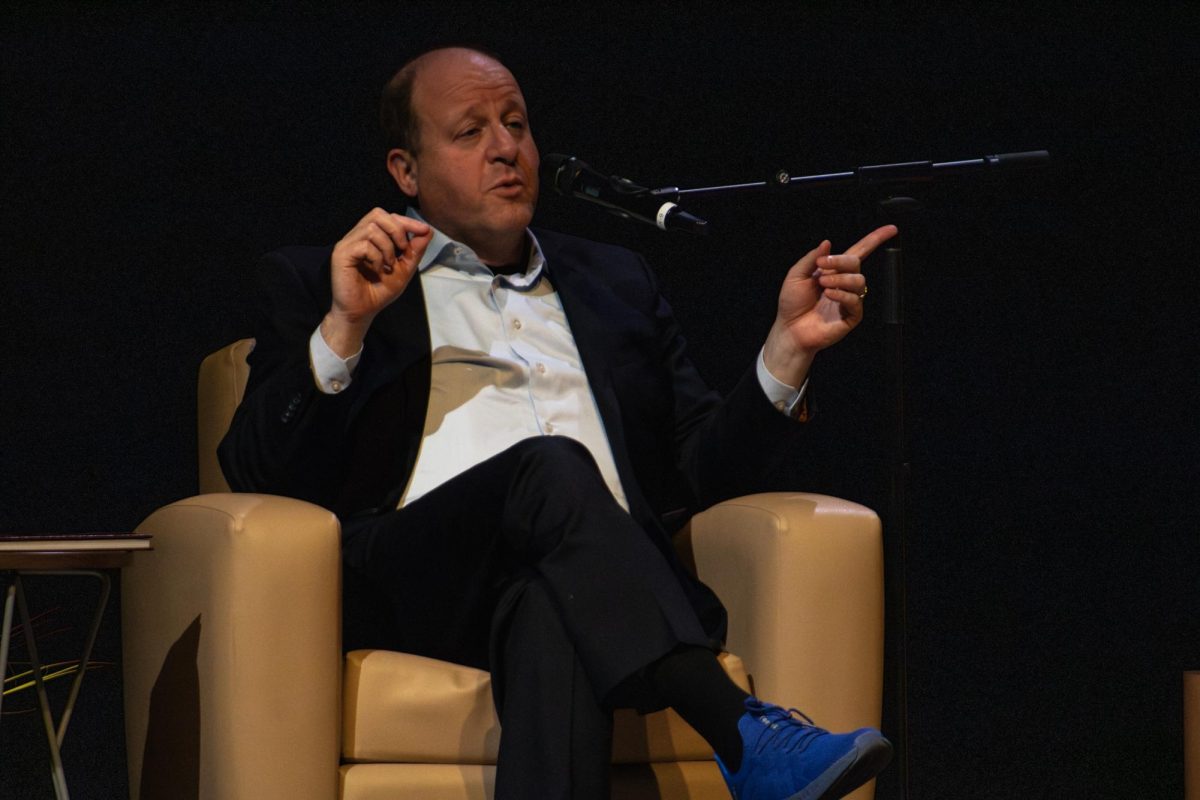Since Grand Junction was founded in 1882, the area has been known for many things: its beautiful bookcliffs, celebrated vineyards and its growing university. Yet many residents of Grand Junction don’t know that one of the town’s first attractions was a boarding school for Native Americans.
Instructor of history Dr. Pamela Krch has been working with one of her classes in public history to bring light to this long-forgotten aspect of Grand Junction’s history.
The exhibit will premiere Thurs. April 27. on the third floor of Tomlinson Library, in the special collections area.
“I selected [this topic] but I was inspired by hearing Dr. Seebach talk about the search for the school cemetery,” Krch said. “It occurred to me that not that many people are even aware that there was an Indian School in Grand Junction. So, I thought it would be interesting to tie that history in with […] the search for the cemetery, but [not entirely focus on the cemetery].”
The Teller Institute, originally named “the Grand Junction Indian School,” opened four years after the city was first established, and closed down in 1911 after federal funding was cut.
“The big intent [of Teller Institute] was that they wanted these kids to learn white ways, for lack of a better term, and assimilate. That’s why the big motto of the boarding school system was ‘kill the Indian, save the man.’ It stripped them of their culture, and everything of that nature,” senior in history Robert Mayer said.
Mayer added that Teller Institute also abused the enrolled students through public humiliation, forced labor and consistently crude living conditions.
Yet, exhibiting the cruelties of Teller Institute is only one aspect of this project. Their major goal is to demonstrate how talented and enduring these students were in the face of such adversity.
“Some of these students were remarkable. One of them was a very big marathon runner and won marathons all around Colorado and people were saying, he could go to the Olympics. He never did,” Mayer said. “We don’t know why, but he was an indigenous boy and they probably didn’t want that.”
Due to the nature of this exhibit, Krch said that properly researching and explaining the history of Teller Institute was quite involved. However, the passion Krch and her students found for this project helped immensely.
“I have students in this class that are enthusiastic and they’ve really taken the bull by the horns,
Krch said. “They’re really running with this and taking initiative, and that makes it a lot easier.”
Although this project is partly for the experience and education of those who made it, everyone involved hopes the rest of CMU pays attention.
“What I would hope for is that people come away from this exhibit with a greater understanding of our community history and our national history,” Krch said. “I hope that this will resonate with students, and so that they can see how other Americans encountered the educational system and how it encountered them. So I’m just hoping that people acknowledge that this existed and is a part of our past, that even here in Grand Junction, we still have to think about today.”




